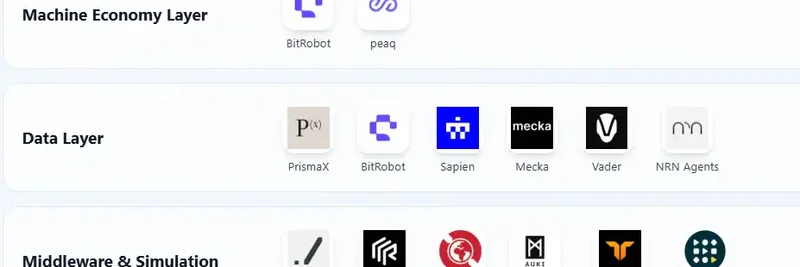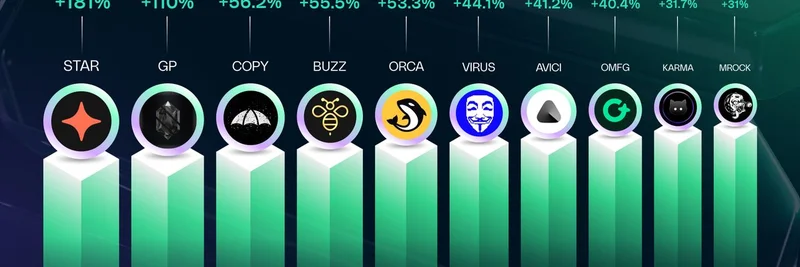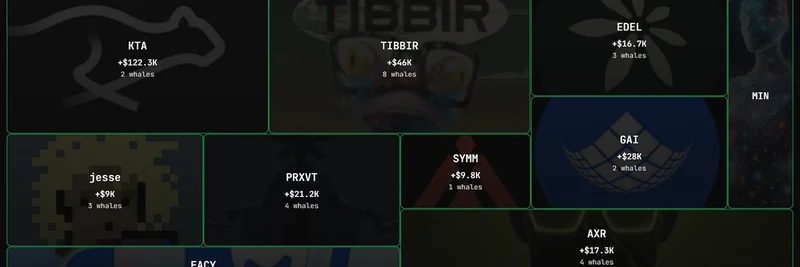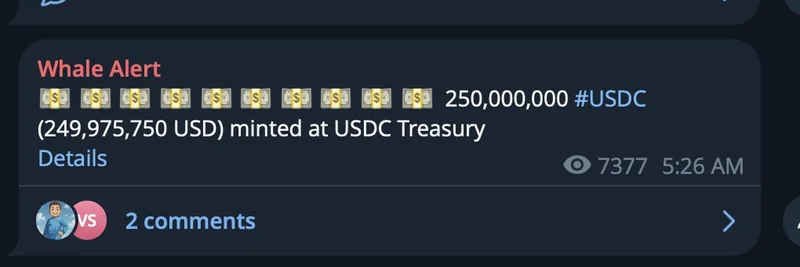The world of robotics is evolving at breakneck speed, and Web3 is jumping right into the mix. A recent tweet from @0xjacobzhao breaks down this exciting intersection, highlighting how blockchain tech is set to redefine robotics in 2025. As someone who's covered crypto trends from CoinDesk to now focusing on meme tokens at Meme Insider, I see huge potential here—not just in utility, but in the viral, community-driven meme culture that could propel these projects.
Let's dive into the key takeaways from the tweet, which summarizes a deeper report on the convergent evolution of automation, AI, and Web3 in robotics. We'll break it down conversationally, explaining terms as we go, and spotlight the meme token angles where they pop up.
The Five Major Tracks in Modern Robotics
Robotics isn't just about sci-fi humanoids anymore. According to the insights shared, the field spans five core categories, each building toward more intelligent, adaptable machines:
Industrial Robots: These are the workhorses in factories, handling tasks like welding and assembly. Think standardized, efficient bots with clear return on investment (ROI). Examples include collaborative robots (cobots) from companies like Universal Robots.
Mobile Robots: Focused on movement, like automated guided vehicles (AGVs) used in warehouses. They're big in logistics, with players like Amazon Robotics leading the charge.
Service Robots: These cater to everyday needs, from cleaning bots like Roomba to food delivery robots. This sector's growing fast on the consumer side.
Special-Purpose Robots: Built for niche, high-risk jobs in healthcare or military. Boston Dynamics' Spot is a classic example.
Humanoid Robots: The cutting-edge frontier, like Tesla's Optimus. These aim for general-purpose use, adapting to human environments without changes to infrastructure.
What's driving this evolution? Embodied AI—a fancy term for AI that lives in physical bodies, enabling robots to understand, predict, and act in real-world scenarios. It uses tools like Vision-Language-Action (VLA) models (which blend sight, speech, and movement) and reinforcement learning (RL), where bots learn from trial and error.
Web3's Role: A 2025 Narrative with Real Value
The tweet positions Web3 x Robotics as a hot narrative for 2025, with a "value gradient" ranking where blockchain adds the most impact:
Hardware & Services: This is capital-heavy, like building actual robots. Web3's value here is limited—mostly to things like supply-chain finance or leasing via tokens. Not super exciting for meme potential, but foundational.
Simulation & Software: Here, blockchain shines a bit more by ensuring data provenance (proving where data comes from) and turning skills or agents into tradable assets. Imagine tokenizing a robot's learned abilities!
Platforms & Coordination: This is the big unlock. Using decentralized identities (DID), Proof of Physical Work (PoPW), trusted execution environments (TEE), zero-knowledge proofs (ZKP), on-chain settlements, and DAO governance to create a decentralized machine labor market. Robots could earn, trade, and collaborate autonomously—pure Web3 magic.
This setup paves the way for a "DeRobot Economy," where machines become independent economic players with their own identities, trust mechanisms, and incentives. Meme tokens could thrive here, as communities rally around fun, thematic projects that gamify robot ownership or AI training.
The Ecosystem: Five Layers of Innovation
The current Web3 robotics landscape is mapped across five layers, each with standout projects. Many of these are crypto-native, with tokens that could go viral if they catch meme momentum. Here's the breakdown:
Model & Intelligence Layer: Focuses on AI brains for robots. Key players: OpenMind (@openmind_agi) and CodeFlow (@codecopenflow). These handle VLA models and learning algorithms.
Machine Economy Layer: Builds economic systems for machines. Standouts: BitRobot (@BitRobotNetwork) and peaq (@peaqnetwork). peaq, for instance, is a DePIN (Decentralized Physical Infrastructure Network) project with its $PEAQ token, enabling machine-to-machine payments—prime for meme hype around "robot money."
Data Layer: All about gathering and managing data for training. Projects include PrismaX (@PrismaXai), Mecka (@MeckaAI), Sapien (@JoinSapien), Vader (@Vader_AI_), and NRN Agents (@nrnagents). These could spawn meme tokens around data farming or AI datasets.
Middleware & Simulation Layer: Bridges software and reality with simulations. Includes Gradient (@Gradient_HQ), RoboStack (@RoboStack_io), GEODNET (@GEODNET), Auki (@AukiLabs), Tashi Network (@tashiprotocol), and Staex (@staex_io). Simulation-as-a-Service (SimaaS) here could lead to token-gated virtual robot worlds.
RobotFi / RWAI Fi Layer: Deals with robot assets and real-world AI finance. Features XMAQUINA (@xmaquina) and GAIB (@gaib_ai). These sound meme-ready—think tokenized robots or AI companions going viral on socials.
This stack shows how Web3 is layering on top of traditional robotics, creating opportunities for meme tokens to emerge as fun entry points into serious tech.
Outlook: From Near-Term Wins to Long-Term Vision
Looking ahead, the tweet outlines a timeline:
Near Term: Incentives for data collection, Robotics-as-a-Service (RaaS) where you "rent" robot capabilities via tokens, and stablecoin payments for machine services.
Mid Term: Machine identities and coordination networks, enabling bots to form decentralized teams.
Long Term: The full DeRobot Economy—autonomous machines with governance, turning sci-fi into reality.
For meme token enthusiasts, this means watching for projects that blend humor with utility, like robot-themed memes that evolve into real ecosystems. Communities could drive adoption, much like how Dogecoin sparked interest in crypto.
If you're in blockchain, this is a space to watch. Check out the full report on Substack for deeper dives, and follow @0xjacobzhao for more insights. At Meme Insider, we'll keep tracking how these trends spawn the next wave of viral tokens. What do you think—will robot memes take over in 2025?




